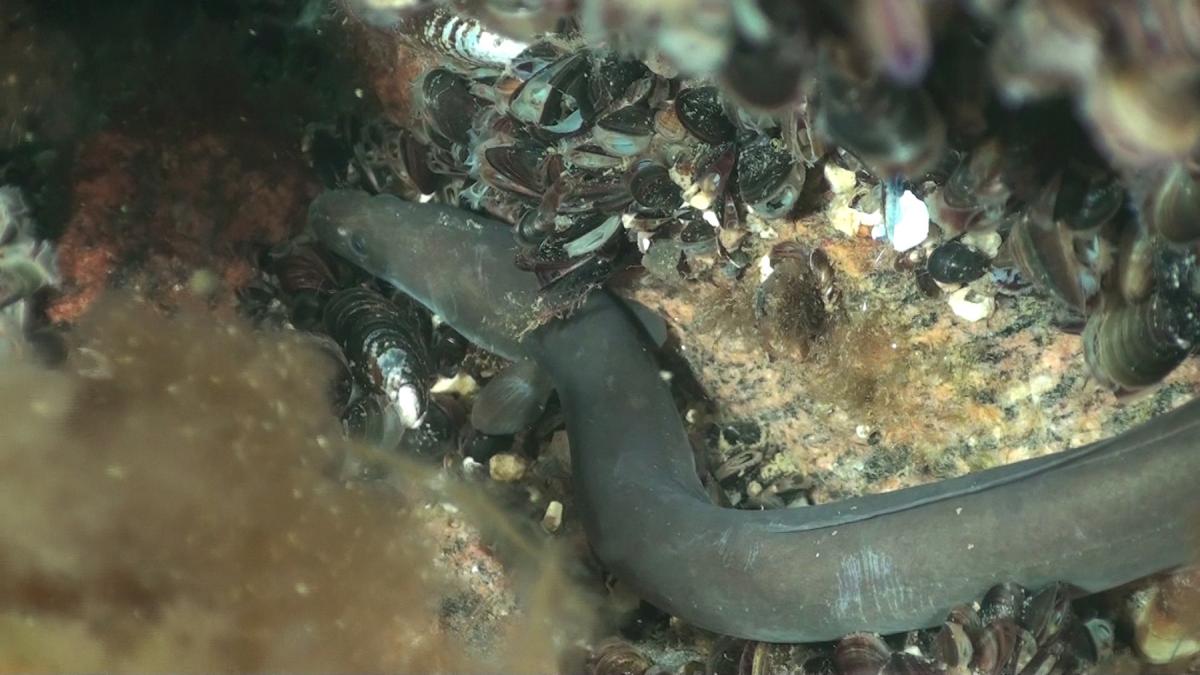March 10, 2016
One country against 69 species threatened with extinction
BY: Lasse Gustavsson
Topics: Habitat Protection
What was initially conceived as a unifying initiative to protect threatened species in the Baltic Sea and Kattegat has quickly evolved into one country’s crusade to prevent marine protection in the region.
It all began in 2007 when contracting parties to HELCOM, the governing body of the Convention on the Protection of the Marine Environment of the Baltic Sea Area, agreed to improve the conservation status of threatened and declining species in the region. As a first step, it was necessary to revise the old list of threatened species and habitats, and so a comprehensive scientific study was launched to identify the most threatened marine species in the region. All of the countries bordering the Baltic Sea were invited to join the study, which would last 3 years and involved a total of 88 scientists.

All agreed, except one.
The result of the study was the HELCOM Red List of Baltic Sea Species in Danger of Becoming Extinct (2013). It was based on the International Union for Conservation of Nature (IUCN) Red List criteria. Out of 1750 species and sub-species evaluated, 69 were identified as being threatened with extinction in the Baltic Sea.
Government ministers agreed that the protection of these 69 species was a priority that required conservation plans. This decision was approved by all countries.
All, except one.
HELCOM’s decision-making process requires unanimity to adopt such proposals therefore the protective measures were postponed. This in turn delayed the proposed start of conservation plans for the threatened species by a further three years. In subsequent lower-level meetings, where the issue was intended to be resolved, the same country opted for further delays rather than discussion, and then eventually proposed a set of amendments that significantly weaken the proposal.
During the 37th annual meeting of HELCOM, which starts March 10th, a revised version of the proposal is on the agenda. It is a far cry from what all of the other countries agreed to in 2015 – the measures set to be approved are far less ambitious and have later deadlines. If adopted, threatened species will be left without the protection they require, HELCOM countries will fail to fulfill their stated obligations, and the three years of efforts invested in the Red List assessment will be largely wasted. All due to the blocking efforts of the same country that refused to participate in the process from the very beginning.
The country responsible for this is Denmark.
The Baltic Sea has been labeled one of the most polluted and threatened seas on the planet. Agricultural run-off sewage, marine litter and overfishing are just a few examples of the many increasing threats to Baltic ecosystems. Denmark has played its part in degrading the Baltic Sea and Kattegat and should demonstrate the responsibility shown by all the other countries to protect those species most at risk of extinction.
The research has already revealed three species that have become regionally extinct in the HELCOM area: two fish, the American Atlantic sturgeon (Acipenser oxyrinchus) and the common skate (Dipturus batis), and one bird, the gull-billed tern (Gelochelidon nilotica). If other threatened species are to avoid the same fate, Baltic Sea countries must push for real and effective conservation measures in the HELCOM meeting, rather than agreeing to lower their standards to the level proposed by Denmark.
Perhaps this is also a wake-up call for HELCOM to revise its policy of decision-making that currently enables one country to block the protection of threatened species that the other eight countries have agreed. It is not reasonable to delay important conservation efforts in one of the world’s most threatened seas. The Baltic Sea deserves better!
This editorial was originally published in ETC
http://www.etc.se/debatt/ett-land-blockerar-skyddet-av-69-utrotningshotade-arter

